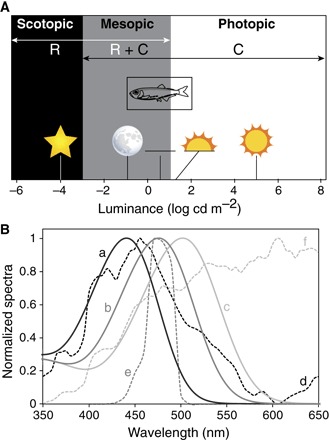Fig. 6. Ambient light environment and pearlside visual capabilities.

(A) Light levels associated with different photoreceptor functionalities. M. muelleri is only active during mesopic and low-level photopic light intensities (39). R, rod; C, cone. Scotopic vision is defined by the use of rods. Mesopic vision is defined by the use of both rods and cones limited by cone threshold and rod saturation. Photopic vision is defined by the use of cones and ends when light intensities start to be damaging (75). Environmental light sources (from left to right) are as follows: starlight, full moon, civil twilight, sunset/sunrise, and sunlight (76). Figure partially redrawn from Hood and Finkelstein (75). (B) Spectral sensitivity curves of the pearlside M. muelleri rh2 (a, black line; predicted λmax = 441 nm; fig. S7), the deep-sea myctophid Symbolophorus evermanni rh1 [b, dark gray line; λmax = 476 (23)], and the nocturnal squirrelfish Neoniphon sammara rh1 [c, light gray line; λmax = 502 nm (77)] along with the relative downwelling vector irradiance spectra (courtesy of S. Johnsen) of their respective light environments: twilight (−6.5° solar elevation) at the surface (d, black dashed line), downwelling light at 500 m (e, dark gray dashed line), and moonlight (full moon at 70° elevation above horizon) at the surface (f, light gray dashed line). Note how the spectral sensitivity of each species is tuned to the light spectra of their respective habitat.
